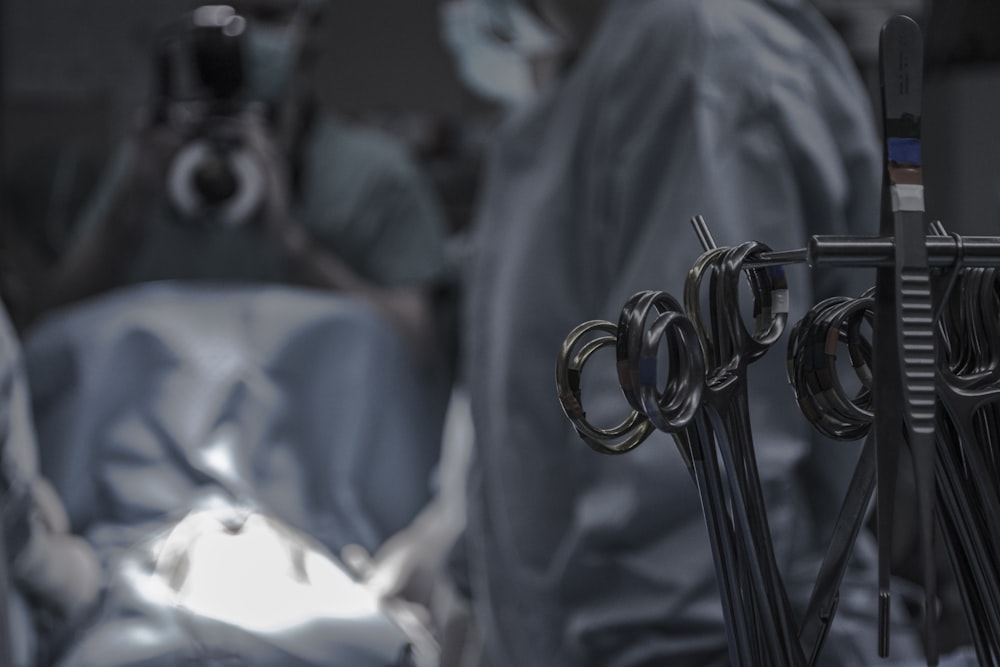目次
TKA例に対する高強度リハビリテーションの効果は?
近年は人工膝関節全置換術に対するリハビリテーションの必要性についてさまざまな意見があります.
人工膝関節全置換術例に対して本当に術後の理学療法が必要かといった声さえあがっております.
そんな中で今回は人工膝関節全置換術例に対する高強度リハビリテーションについて効果を検証した論文をご紹介させていただきます.

今回ご紹介する論文
J Arthroplasty. 2023 Aug 25;S0883-5403(23)00863-X. doi: 10.1016/j.arth.2023.08.052. Online ahead of print.
High-intensity Progressive Rehabilitation Versus Routine Rehabilitation after Total Knee Arthroplasty: A Randomized Controlled Trial
Songsong Jiao 1, Zhencheng Feng 1, Tianming Dai 2, Jian Huang 3, Ruijia Liu 4, Qingqi Meng 5
Affiliations expand
PMID: 37634879 DOI: 10.1016/j.arth.2023.08.052
今回ご紹介する論文は2023年に掲載された論文です.
研究の背景
Background: This study aimed to compare the effectiveness of high-intensity progressive rehabilitation training with routine training in the early treatment of patients undergoing total knee arthroplasty (TKA).
この研究では人工膝関節全置換術(TKA)例の早期治療において,高強度漸進的リハビリテーショントレーニングと日常的トレーニングの有効性を比較することを目的としております.
研究の目的
Methods: There were 78 patients who underwent TKA and were randomized into high-intensity progressive training (HPRT) and routine rehabilitation training groups (RRT). The primary outcome measures were the American Hospital for Special Surgery Knee Score (HSS), with secondary outcomes including patient satisfaction, visual analog pain score (VAS), first time of standing after surgery, 6-minute walk test (6MWT), 36-Item Short Form Survey (SF-36), and length of hospital stay. The incidence of postoperative complications and changes in blood inflammatory markers were recorded.
人工膝関節全置換術を施行した78例を高強度漸進的トレーニング(HPRT)群とルーチンのリハビリテーショントレーニング(RRT)群に無作為に割り付けております.
主要アウトカム評価項目は米国Hospital for Special Surgery Knee Score(HSS)とし,副次的アウトカムとして患者満足度,Visual analog pain score(VAS),術後初回起立時間,6分間歩行テスト(6MWT),36-Item Short Form Survey(SF-36),入院期間を評価しております.
術後合併症の発生率と血中炎症マーカーの変化も記録しております.
研究の結果
Results: The HSS scores were higher in the intervention group at 2 weeks, 3 months, and 12 months postoperatively (P<0.001). The RRT group had higher VAS scores than the intervention group at 24 hours, 3 days, and 2 weeks after surgery (P<0.001). The intervention group had an earlier the first time of standing after surgery and a longer 6MWT distance (P<0.001, P=0.028, P<0.001, P<0.001). Patient satisfaction was higher in the intervention group, with a higher quality of life rating at 3 months postoperatively (P<0.001). However, 1 year after surgery, the two groups had no significant differences in mental component summaries. The length of hospital stay was shorter in the intervention group than in the RRT group. The two groups had no significant differences in the incidence of postoperative complications and inflammatory markers.
術後2週間,3ヵ月,12ヵ月で介入群のHSSスコアが高い結果でありました(P<0.001).
ルーチントレーニング群では術後24時間後,3日後,2週間後のVASスコアが介入群より高い結果でありました(P<0.001).
介入群では術後の最初の起立時間が早く,6MWTの距離が長い結果でありました(P<0.001, P=0.028, P<0.001, P<0.001).
患者満足度は介入群で高く,術後3ヵ月のQOL評価も高い結果でありました(P<0.001).
しかし術後1年では,精神的要素の要約において両群に有意差はみられました.
入院期間は介入群の方がルーチントレーニング群よりも短かい結果でありました.
術後合併症の発生率および炎症マーカーについては両群に有意差はみられませんでした.
研究の結論
Conclusions: Compared to routine training, high-intensity progressive rehabilitation training is more effective. It reduces postoperative patient pain, accelerates recovery of joint function, increases patient satisfaction, improves quality of life, shortens hospital stays, and promotes rapid recovery.
ルーチンのトレーニングと比較して高強度漸進的リハビリテーショントレーニングはより効果的であります.
術後患者の疼痛を軽減し,関節機能の回復を早め患者の満足度を高め,QOLを改善し入院期間を短縮し早期回復を促すことが明らかとなりました.
非常に興味深い結果ですね.
こういった結果から考えると人工膝関節全置換術後のリハビリテーションの効果についても見直していく必要がありますね.






